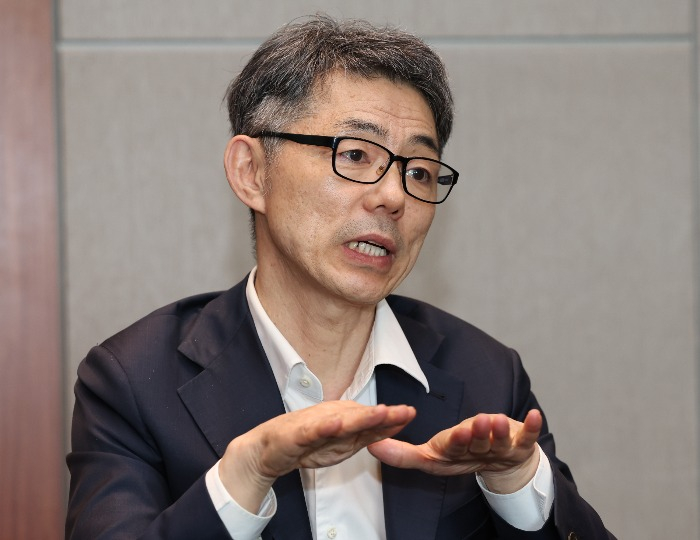
Koh An-cho, CIO of National Federation of Fisheries Cooperatives (Suhyup) Some major institutional investors in South Korea are set to increase alternative investments this year to hedge inflation and stabilize cash flows. However, the National Federation of Fisheries Cooperatives (Suhyup), a Korean fishing professionals' federation that manages 12 trillion won ($9.5 billion) in assets, is taking a different path. The global alternative investment market has hit an inflection point, and it's time to secure liquidity rather than make aggressive investments, Suhyup’s Chief Investment Officer Koh An-cho said in an interview with The Korea Economic Daily on May 22. Alternative assets make up more than 30% of its AUM. The CIO said the proportion will gradually decline as the federation will not increase alternative assets this year. Instead, Suhyup will focus on co-investments for diversification as well as reduce mezzanine debts in overseas real estate and create new investment pipelines.He said the global impact of rate hikes won’t be worrisome to most local companies. “Korean firms have strengthened their fundamentals and risk management skills after experiencing the 1997 Asian financial crisis and the 2007-2008 global financial crisis,” he said. “Due to the low rates of the last year, the recent rate hikes look steeper than they really are. But the market will be fine – the US will also increase rates to an acceptable level,” he added.He expected inflation to ease from the second half of this year. “The global issues that caused inflation, such as the Russia-Ukraine war and China’s lockdown, will be gradually addressed in the second half,” he said. “Moderate inflation gives the market much more positive impact, compared with stagflation. The optimal timing for investment may come next year when inflation decreases demand and interest rates stabilize,” he added.The CIO pointed out that asset allocation and risk management are more important than ever given market volatility. “When I worked for ING Insurance Korea in the early 2000s, the annual rate for Korea Treasury bills was as high as 7-8%. Expecting that the rate will decline to around 2%, we preemptively invested in 400 billion won worth of 20-year national housing bonds to avoid the impact on the insurer’s financial health,” he said. This increased the insurance company’s bond duration, the time for an investor to be repaid the bond’s price, from two to five years. The long-term treasury bills were highly rated when Korean PE giant MBK Partners acquired the insurer for $1.6 billion in 2013. “Through the experience, I learned the importance of assets and liabilities management in preparation for interest rate fluctuations,” he said. As of May, the Korea T-bill rate is around a mere 1-2%.Prior to taking office at Suhyup in March, Koh worked for the Korean insurance industry covering equities, bonds, foreign exchange and derivatives for more than 30 years. In 1990, he joined ING Life Insurance Korea as a portfolio manager, which is now Shinhan Life under Korea’s Shinhan Financial Group. He worked for KB Life Insurance between 2005 and 2008 and led fixed and variable asset management at Hana Life Insurance between 2008 and 2021.Suhyup comprises around 90 fishing professional cooperatives across Korea. The federation manages pension and insurance plans and owns a bank, Korea’s biggest fisheries wholesale market, a fisheries local distributor, a trading company and other related businesses.By Ye-Jin Junace@hankyung.comJihyun Kim edited this article.
Most Read